42 how to teach character traits
How to teach Character Traits? Lessons on character traits begin inherently in vocabulary and can be in either fiction or nonfiction texts. Analyzing how characters think, feel, and act (depending on the point of view) students can infer traits about that character and see the character grow or change throughout a text. How to Teach About Character Traits Start by defining exactly WHAT character traits are. Then together, make an anchor chart about character traits. Have students help you name certain traits that they believe characters in stories might have. Make sure to get them thinking about character traits on the OUTSIDE and on the INSIDE!
To do this, they choose one character from the book, draw them on a piece of paper (usually in their notebook) and then write about them. The rule is they have to include at least 5 sentences and I only give them 10 minutes to complete. They love this activity and I love seeing their work.
How to teach character traits
Teaching character traits to upper elementary students can be a complex task. It's more than just reading a fictional story and labeling characters with certain traits.Students must analyze how characters change over time, compare different characters and their traits, use evidence from the text to identify certain character traits, build their character trait vocabulary, and more. The character trait links above provide free ideas, activities, and printables you can use when teaching character traits to your elementary students. The activities included will work best for 3rd grade and 4th grade, although many of the activities could be adapted to reach younger (2nd grade) or older (5th grade) students. Teaching character traits is at the core of creating respectful, responsible and caring citizens. With great character education, we can foster a a mutual love and respect for others despite our differences. We can learn to agree to disagree peacefully. We can promote children and adults who are thoughtful of others and kind to all.
How to teach character traits. Download Reading Tab-Its® FREEBIE for Grades 1, 2, & 3. Use Chapter Books for Teaching Character Traits with Fluent Readers. Of course, character traits and character analysis are particularly important strategies to teach fluent readers. The dual focus for these students should always be on comprehension and vocabulary, and chapter books are ideal for teaching both. Explicitly Teach the Ways Character Traits Can be Demonstrated Another way to take character traits a step further is to teach the students to identify and describe the different ways the character demonstrated that character trait. Here are the ways I teach my students: Dialogue Internal Thoughts Actions Feelings/Motivation One such reading strategy is determining character traits. This is important because it allows students to examine characters and their growth, helps them obtain more meaning out of texts and helps them become more conscientious readers. Here are a list of steps to help with teaching character traits. Brainstorm Vocabulary for Traits and Emotions One of the strategies I use to help kids identify character traits is to teach them to use the acronym F.A.S.T., which stands for Feelings, Actions, Sayings, and Thoughts. If kids are able to determine these things about the character, chances are, they'll "get" what the character traits are. 5. Use Mentor Texts: Fairy Tales
Why Teach Character Traits? Character analysis offers an easy way to add rigor to any literature discussion. Character trait studies actively engage students and help them develop an understanding of characters' motives. Studying character traits teaches students how to make appropriate inferences from facts. Explain that when you describe a character in a story you can use a special word called a trait. Say, "One way we can describe a character is by using words to tell how a character behaves or looks, called a trait. A trait is what makes the character unique or special. For example, we might say that Miss Rumphius loves beautiful things, like ... Character traits are often expressed through actions, dialogue, or internal feelings, requiring students to use their inferencing skills to draw conclusions about specific traits for each character. The activities listed below are focused on teaching students to analyze character traits. Pick a character trait for your students to write about, involving an event and one or two characters (keep this to a couple of paragraphs.) Have students share with each other. The variety of stories will be pretty amazing and fun for them to hear or read. Then, switch up the trait and have them rewrite the event with the same characters.
Teaching Character Traits Teaching character traits can be challenging. Most of your students will be able to identify if a character is kind or mean, but using character traits as a literacy tool is so much more than that. Explicitly using picture books to teach character traits helps your students develop a deeper understanding. How to teach character traits so all students can master it Being able to think deeply about character traits for the characters in a short story or novel is an important part of understanding the author's deeper message. Lower-level texts often spell these out directly, describing a character as friendly or sly, to help the reader. Teaching about main character and character traits can be a lot of fun with the right activities. When teaching about characters, I read a different mentor text every day during reader's workshop. You can read more about my favorite mentor texts for teaching character and character traits here . Some mini-lessons that would fall under this umbrella of character traits would be teaching about internal (inside) and external (outside) character traits, inferring character traits based on what a character is thinking, saying or doing, or even observing how a character thinks, talks, and acts in similar ways in each book in a series.
The best way to teach your child is by setting good examples yourself. So, parents should try to be: 1. Confident Try to be confident in your actions as well as those of your kids. 2. Forgiving Always forgive the offenders and preach kindness. 3. Encouraging Try to speak uplifting words that encourage others and your child too. 4. Honesty
Teaching character traits in 4th grade builds on what students have learned in 3rd grade - which is more focused on how the actions, words, and thoughts affect the story plot.. In 4th grade, it's more about analyzing the character in detail. Going a little deeper into what they are thinking, what they are doing and why, and what they say.
This ELL/ EAL/ ESL/ EFL friendly product is aligned with Jan Richardson's high frequency character traits for fourth grade. Teach your students to identify a character trait by looking at a real picture-- no clip art, here! *17 Character Traits included: Assertive, cordial, cunning, defiant, fickle. Subjects:
Character Traits This free adjectives mini-pack will help with scaffolding instruction. Next, choose a person or a character everyone in the class is familiar with. You could use yourself or the principal! Or, choose a familiar character from a book you have already read. We develop words to describe the character which we will use in several ways.
Introduction. Introduce the term character traits to students by writing it on an anchor chart. Write that a character trait is a quality of a character in a story that includes a variety of descriptive words that help the character to come life. Then, as a class, have students list possible character traits (brave, neat, friendly, messy, etc.).
How to teach Character Traits? Lessons on character traits begin inherently in vocabulary and can be in either fiction or nonfiction texts. Analyzing how characters think, feel, and act (depending on the point of view) students can infer traits about that character and see the character grow or change throughout a text.
Teach your students to identify a character trait by looking at a real picture- no clip art here. 14 Character Traits included. SWBAT list a characters actionswords and decide what these say about their traits and feelings. Thoughts point to head feelings hands over heart actions mimic running and dialogue talk motion with hand.
by Hedvig on December 25, 2021. December 25, 2021 on How To Teach Character Traits 2nd Grade. How To Teach Character Traits So All Students Can Master It Teaching Character Traits Teaching Character Character Traits Third Grade. Teaching Main Character And A Freebie Missing Tooth Grins Character Trait Worksheets Teaching Character Traits ...
Create a graphic organizer for (the character) displaying character traits he or she possesses and provide support. 5. Give Students Opportunities to Implement their Knowledge Lastly, give students opportunities to implement what they have learned about character traits. Provide them with picture books and novels to read.
Character analysis, or identifying character traits, is an approachable way to get students used to the rigorous expectations for deep thinking about literature
Teaching character traits is at the core of creating respectful, responsible and caring citizens. With great character education, we can foster a a mutual love and respect for others despite our differences. We can learn to agree to disagree peacefully. We can promote children and adults who are thoughtful of others and kind to all.
The character trait links above provide free ideas, activities, and printables you can use when teaching character traits to your elementary students. The activities included will work best for 3rd grade and 4th grade, although many of the activities could be adapted to reach younger (2nd grade) or older (5th grade) students.
Teaching character traits to upper elementary students can be a complex task. It's more than just reading a fictional story and labeling characters with certain traits.Students must analyze how characters change over time, compare different characters and their traits, use evidence from the text to identify certain character traits, build their character trait vocabulary, and more.

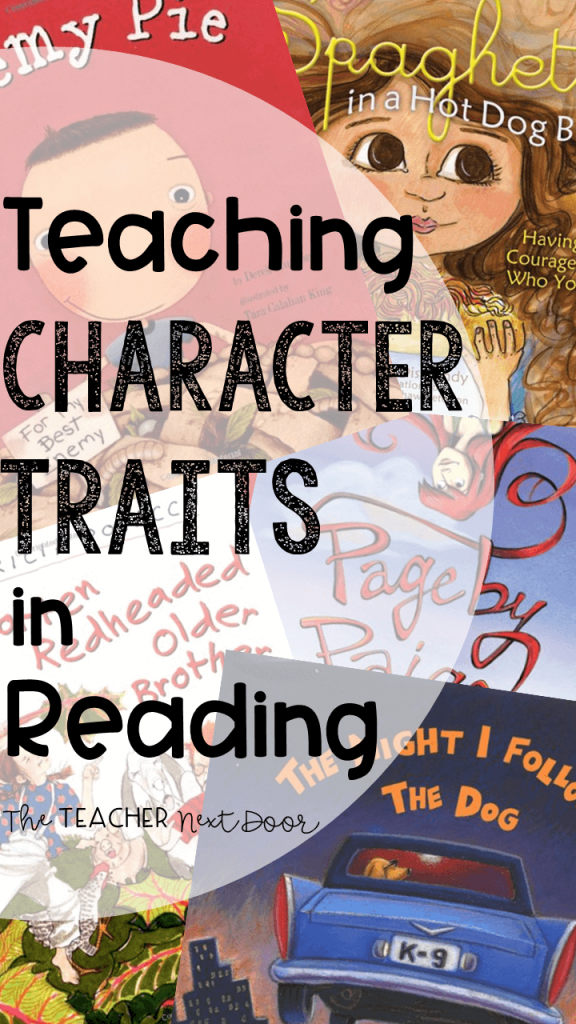
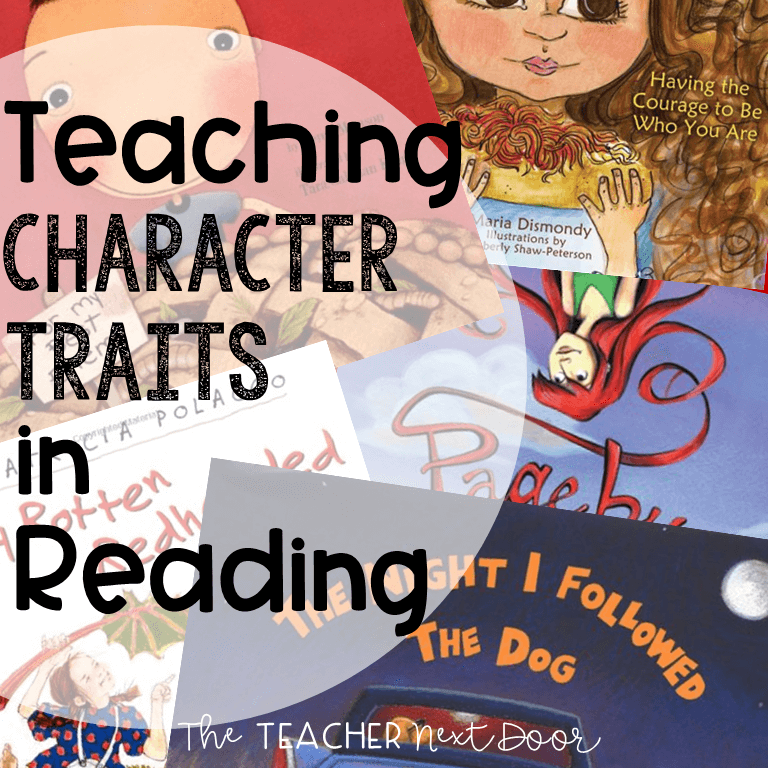
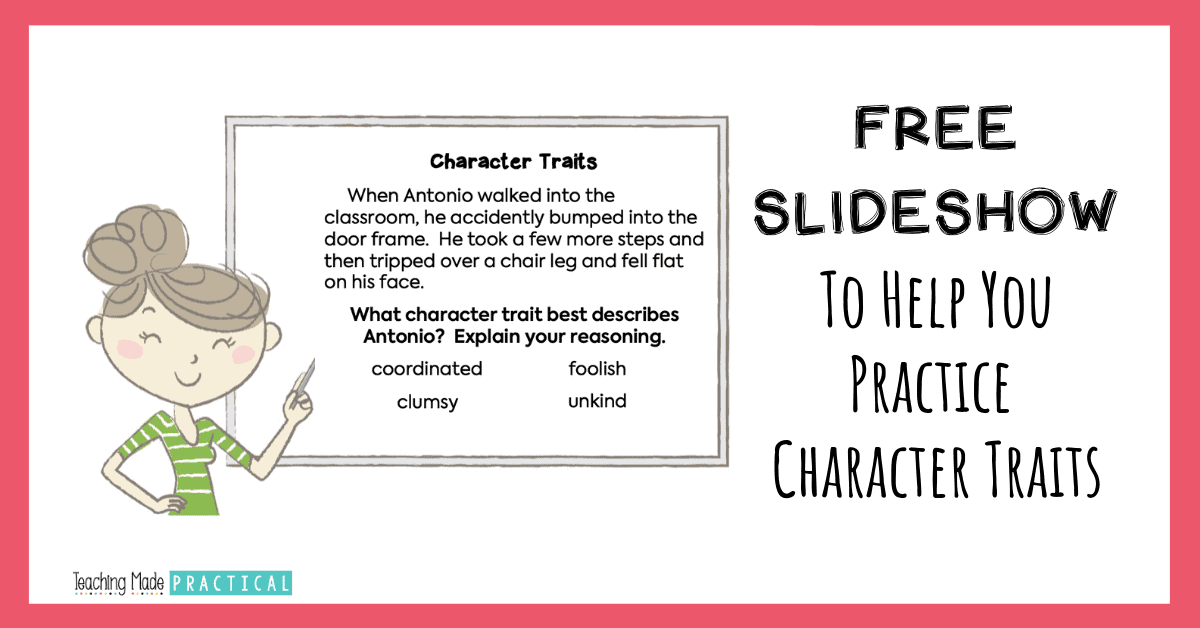




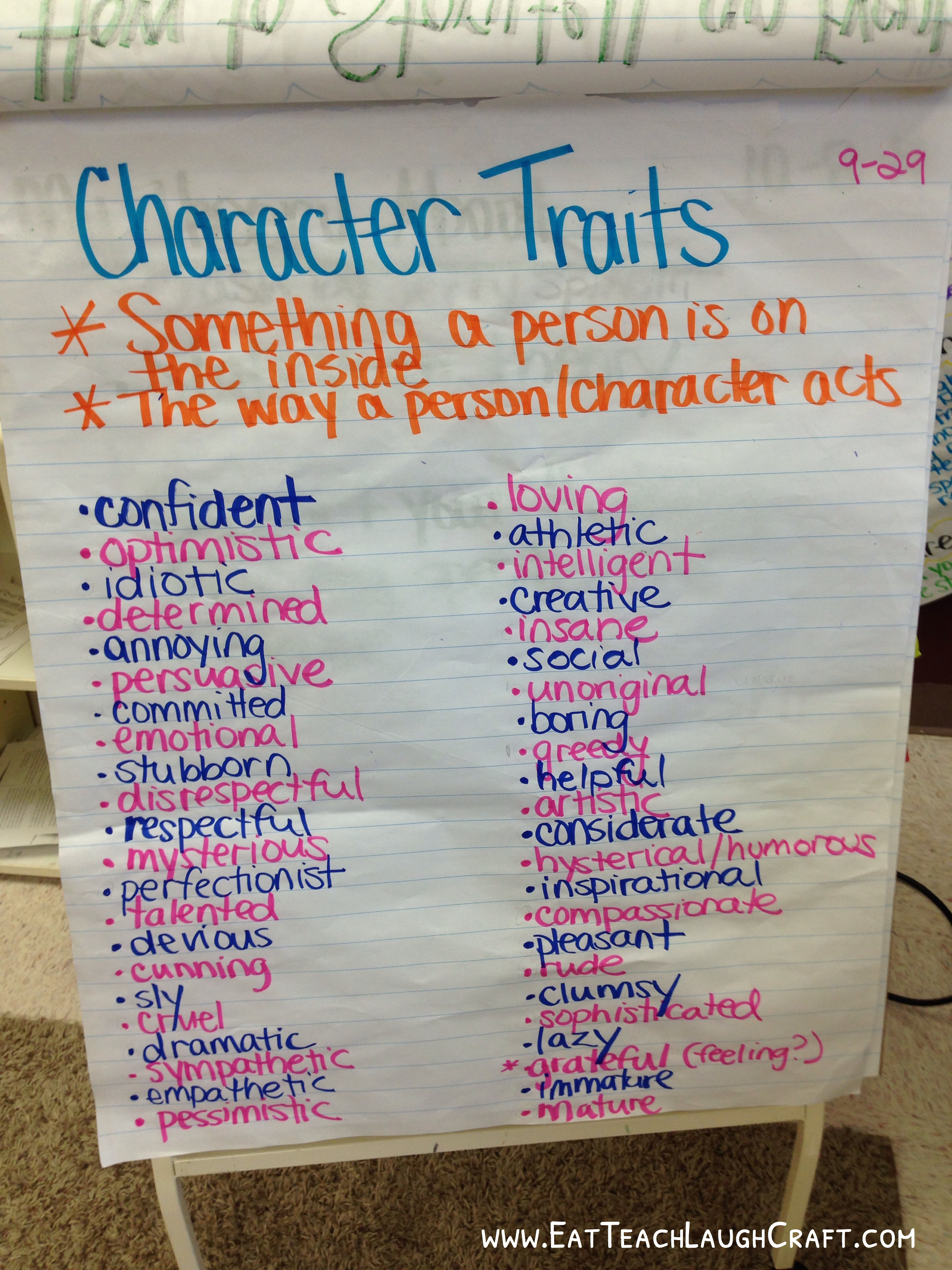




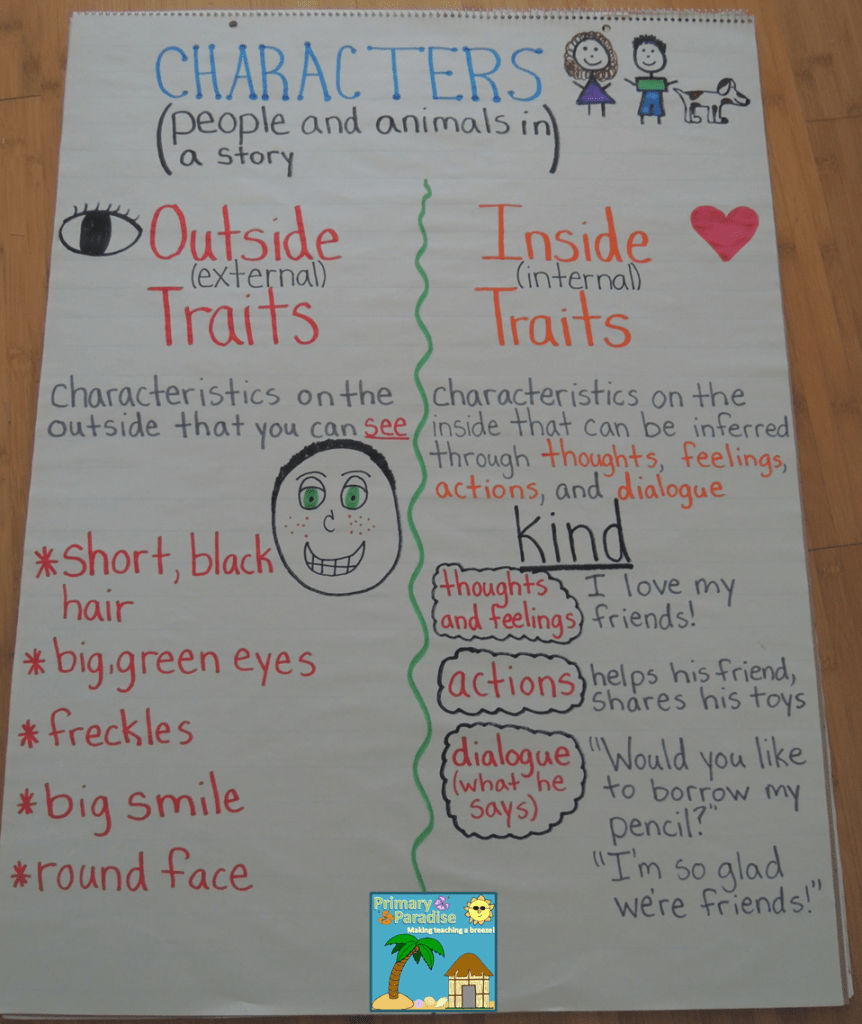






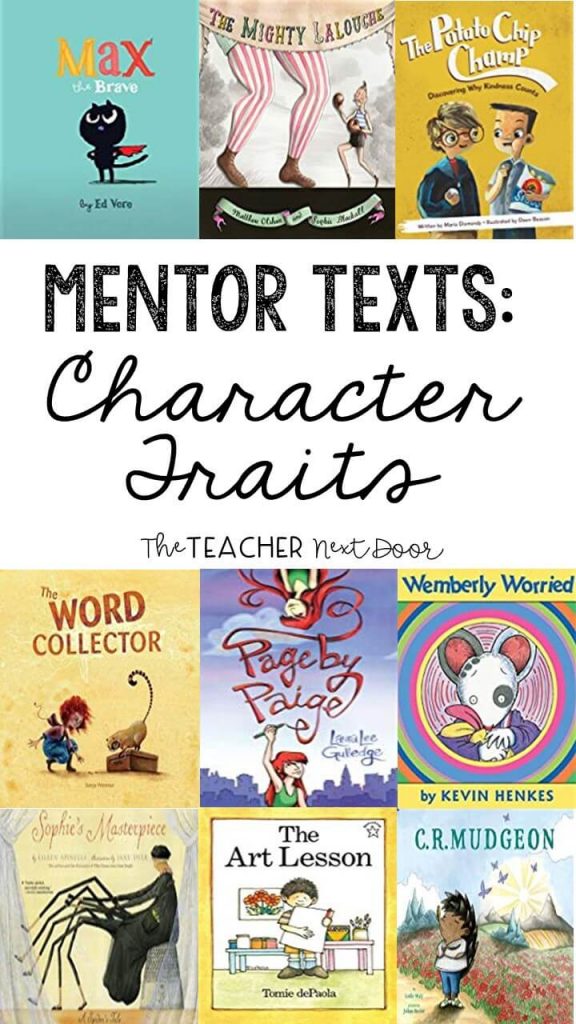




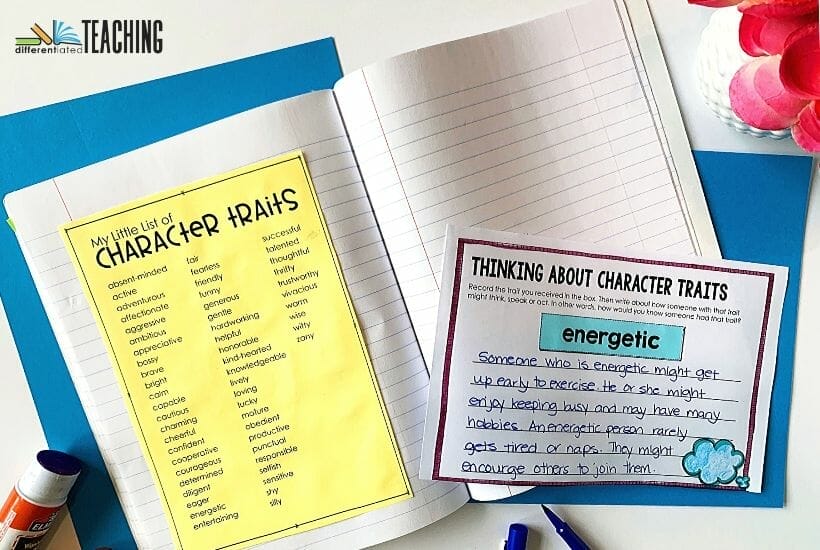

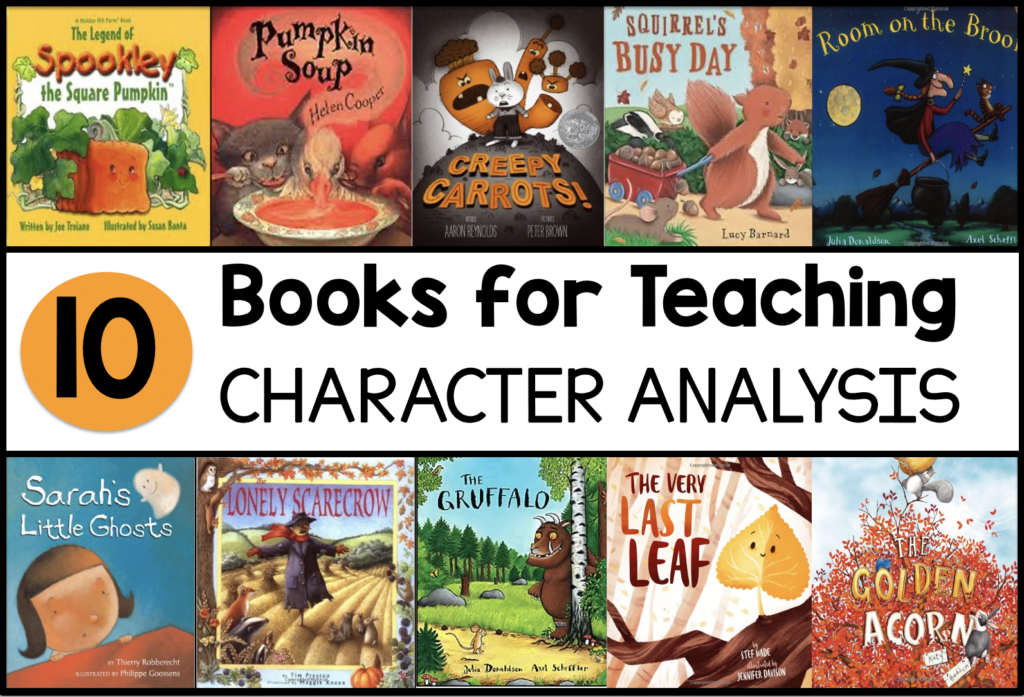


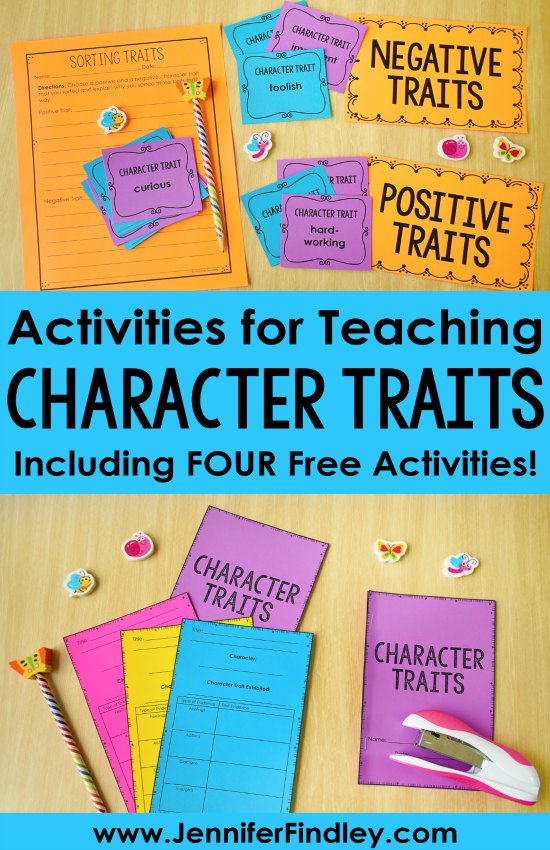
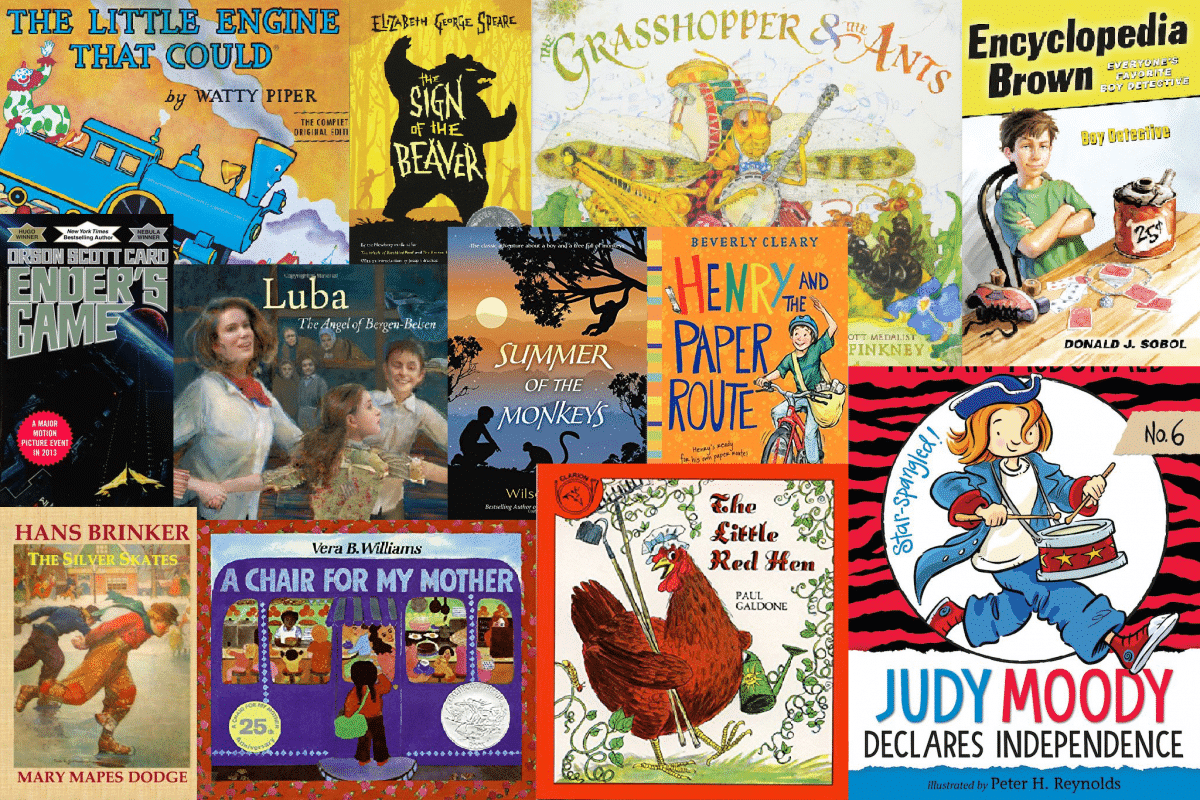
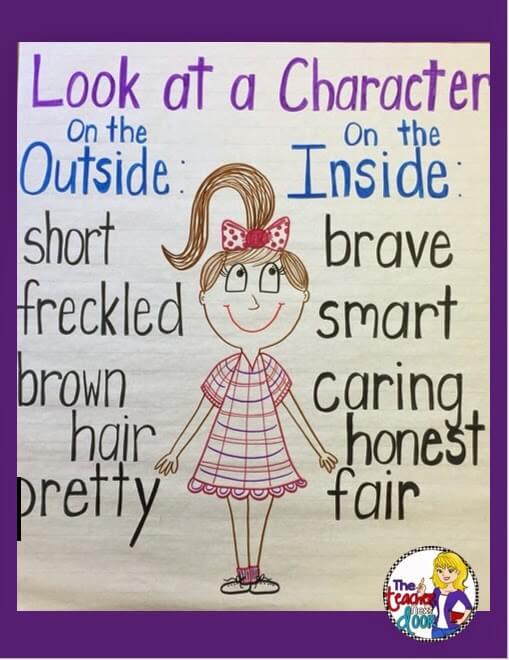


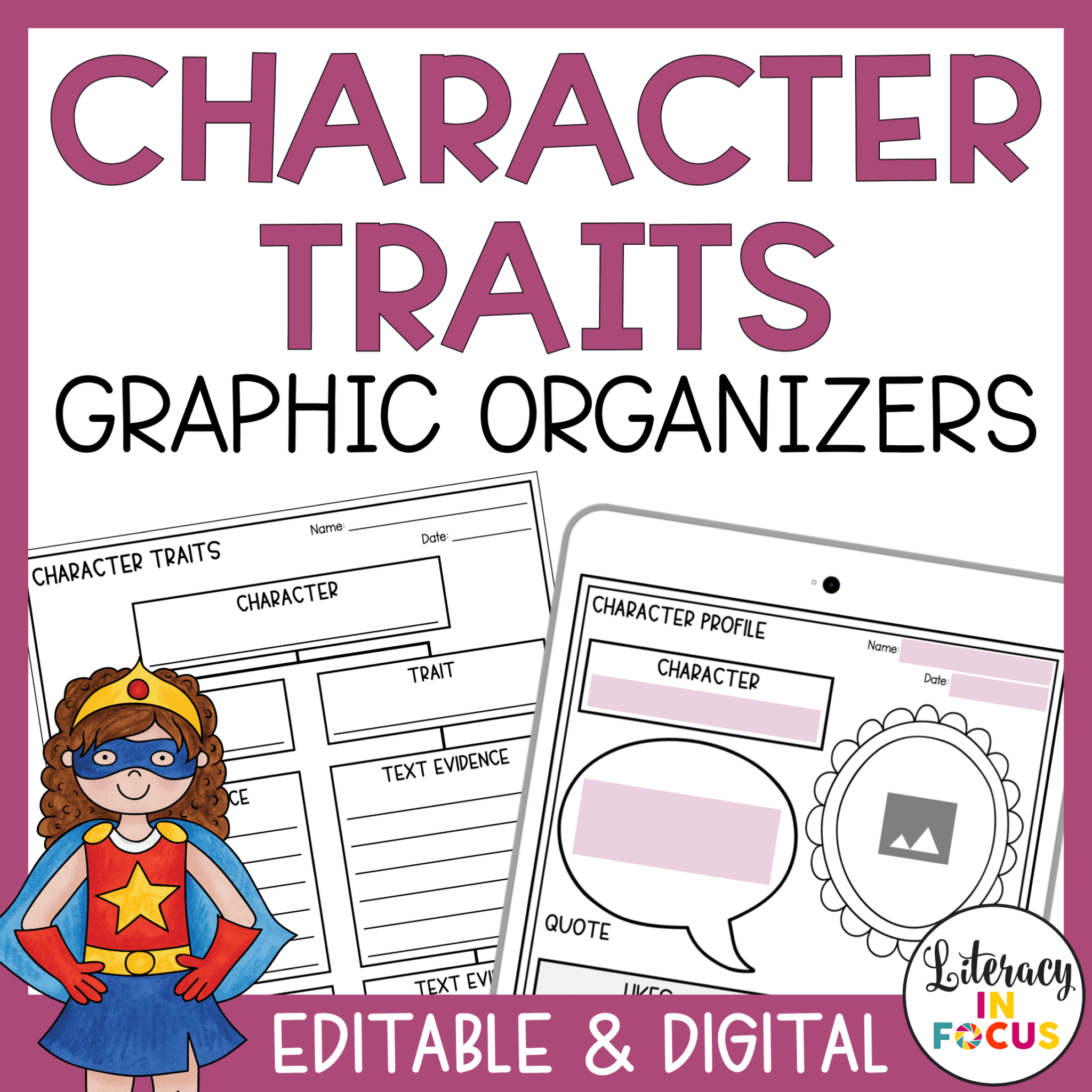
0 Response to "42 how to teach character traits"
Post a Comment